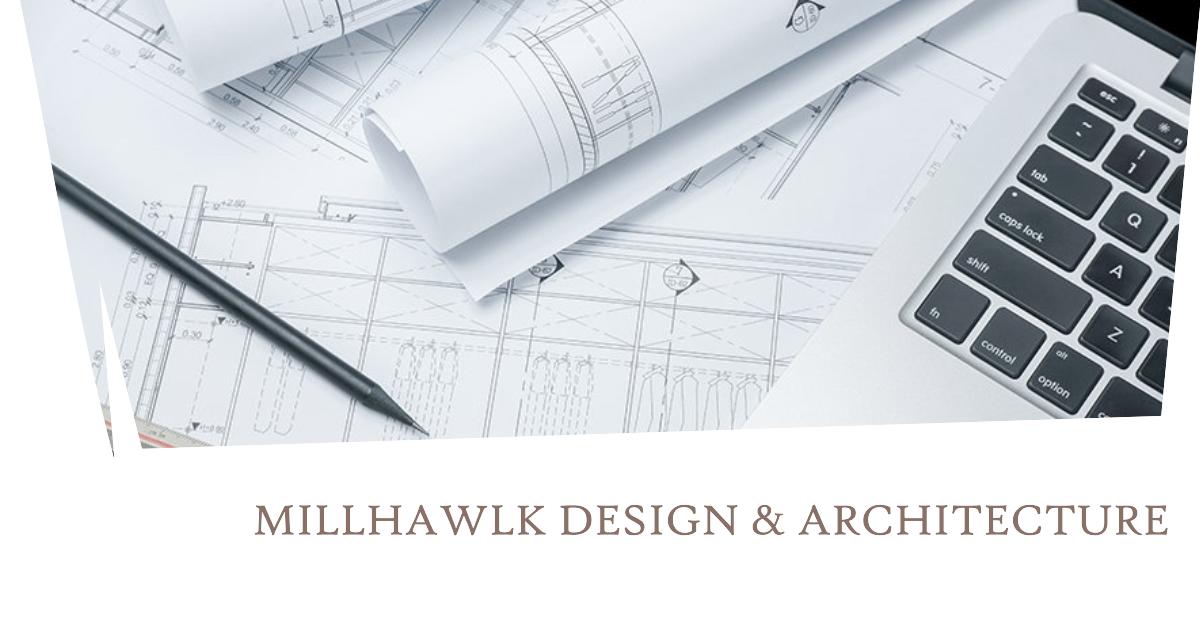What is Architectural Programming?
Architectural programming is a crucial phase in the design process of a building or structure. It involves gathering and analyzing information about the needs, goals, and requirements of the client, as well as the users of the space. This information is used to develop a program that outlines the functional and spatial requirements of the project.
Why is Architectural Programming Important?
Architectural programming helps architects and designers understand the specific needs and goals of a project, allowing them to create a design that meets the requirements of the client and users. By carefully analyzing the program, architects can ensure that the final design is functional, efficient, and meets the needs of all stakeholders.
The Process of Architectural Programming
The process of architectural programming typically involves research, analysis, and collaboration with the client and other stakeholders. Architects gather information about the site, budget, timeline, and other constraints, as well as the functional requirements of the project. This information is used to develop a detailed program that serves as a roadmap for the design process.
Key Elements of Architectural Programming
Key elements of architectural programming include defining the project goals and objectives, identifying the users and their needs, analyzing the site and context, determining the spatial and functional requirements, and establishing a budget and timeline. By carefully considering these elements, architects can create a design that meets the needs of all stakeholders.
In need of a design or architecture service? Get in touch now and find out about our services.
Millhawlk has the best team of professionals in the region!
Architects Near me? We help you
Challenges in Architectural Programming
Architectural programming can be a complex and challenging process, as it requires architects to balance the needs and requirements of multiple stakeholders. Architects must carefully analyze and prioritize the information gathered during the programming phase to ensure that the final design is successful.
Benefits of Architectural Programming
Architectural programming offers numerous benefits, including improved communication between the client and design team, a more efficient design process, and a final design that meets the needs and requirements of all stakeholders. By investing time and resources in the programming phase, architects can create successful and innovative designs.
Examples of Architectural Programming
Architectural programming can take many forms, depending on the specific needs and goals of the project. Examples of architectural programming include developing a detailed program for a new office building, analyzing the spatial requirements for a healthcare facility, or determining the functional requirements for a residential project.
Future Trends in Architectural Programming
As technology continues to advance, the field of architectural programming is evolving to incorporate new tools and techniques. Virtual reality, data analysis, and artificial intelligence are increasingly being used to enhance the programming process and create more efficient and innovative designs.
Conclusion
Architectural programming is a critical phase in the design process of a building or structure, helping architects and designers understand the needs and requirements of the client and users. By carefully analyzing and prioritizing information, architects can create successful and innovative designs that meet the needs of all stakeholders.






